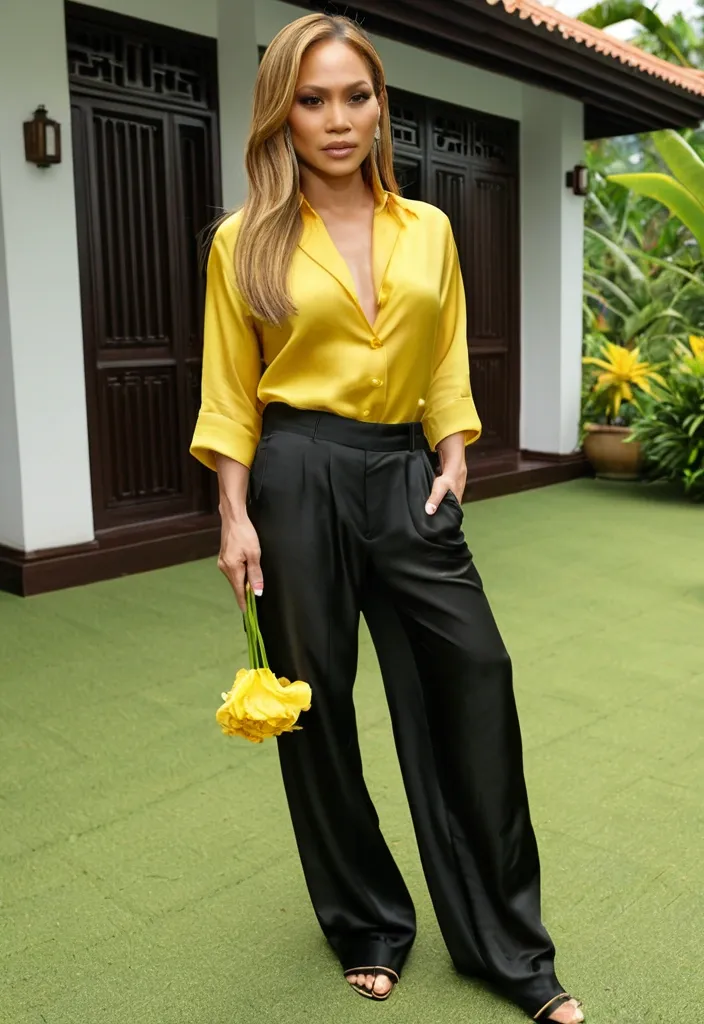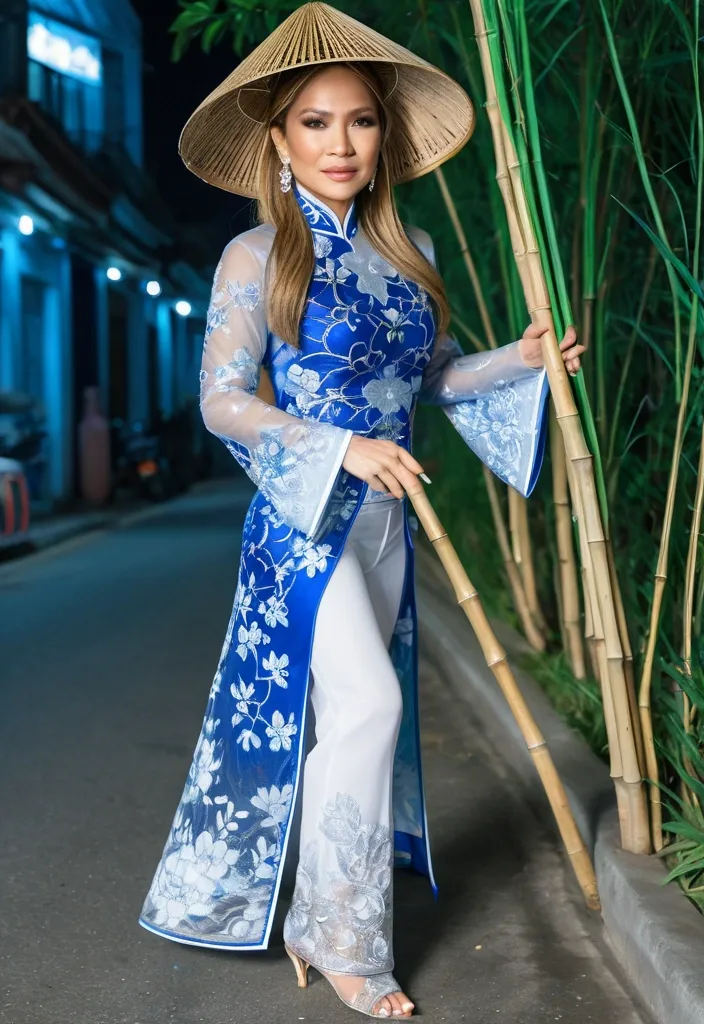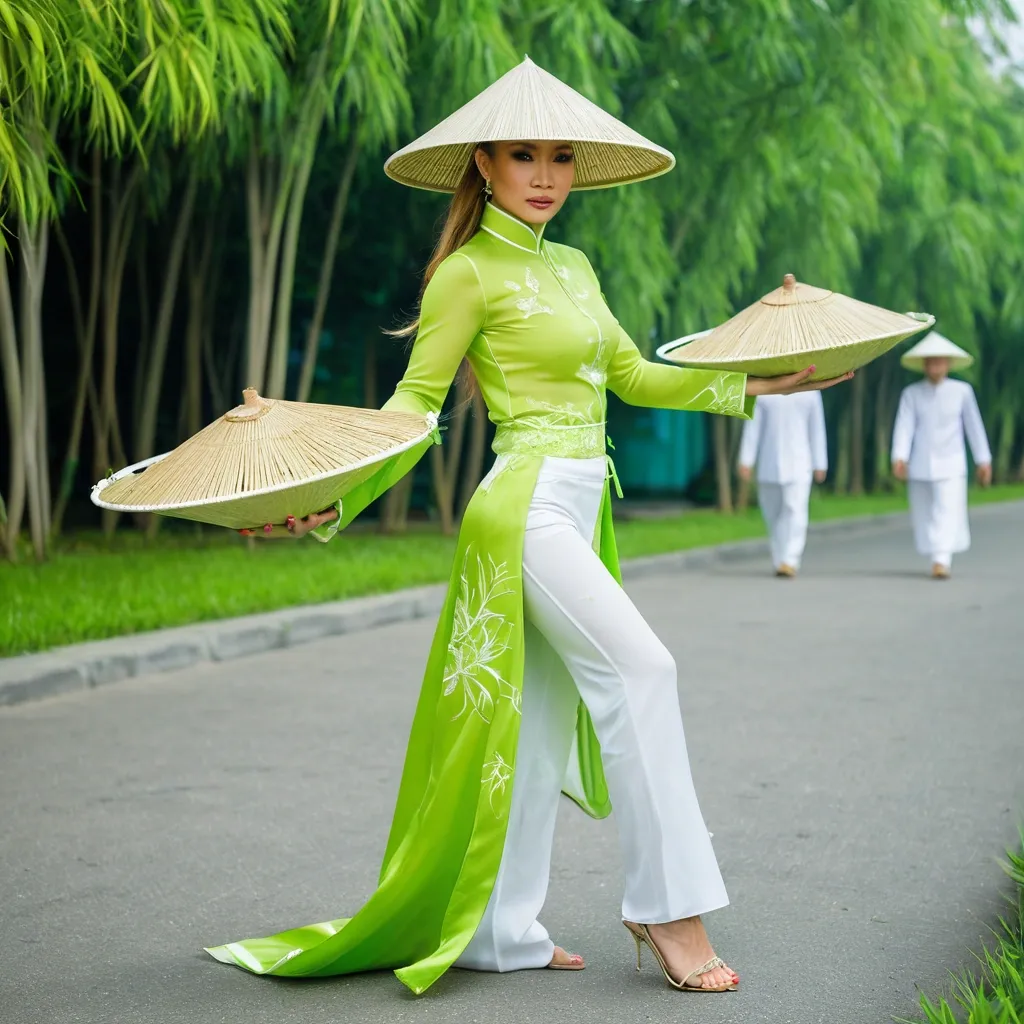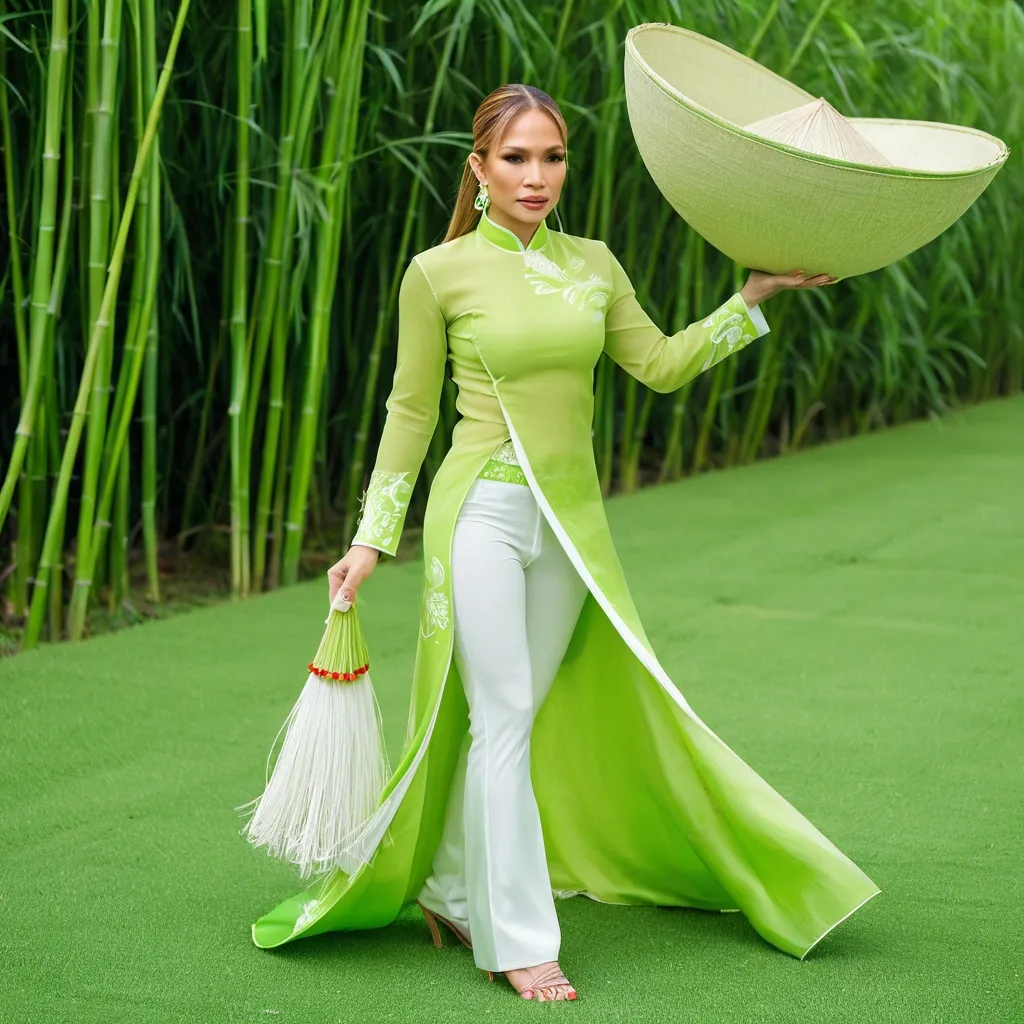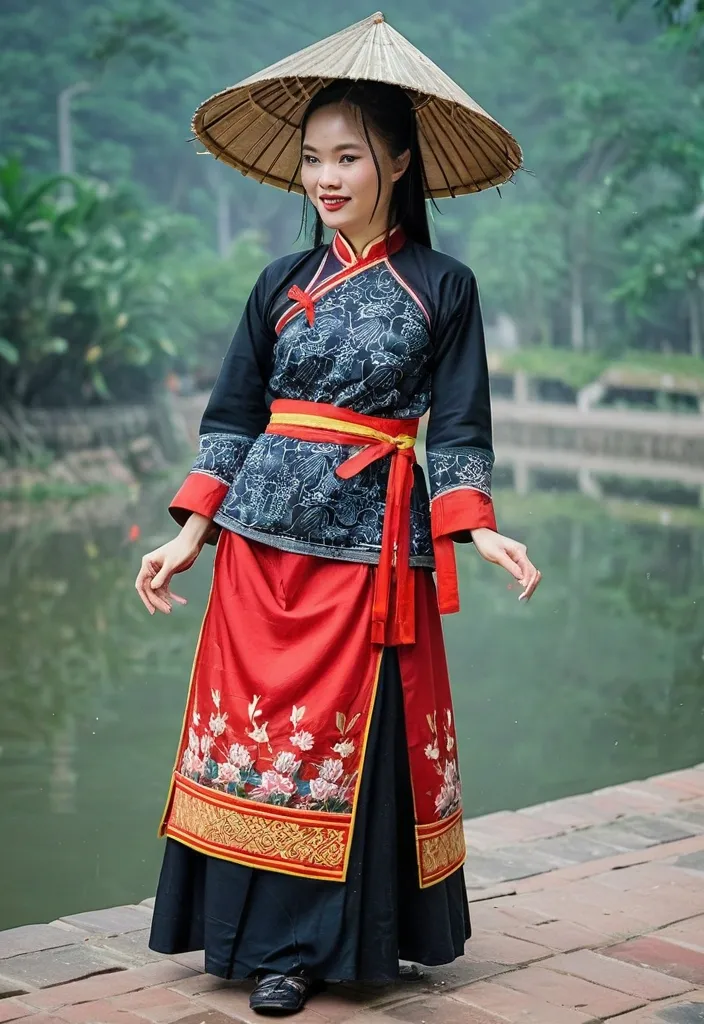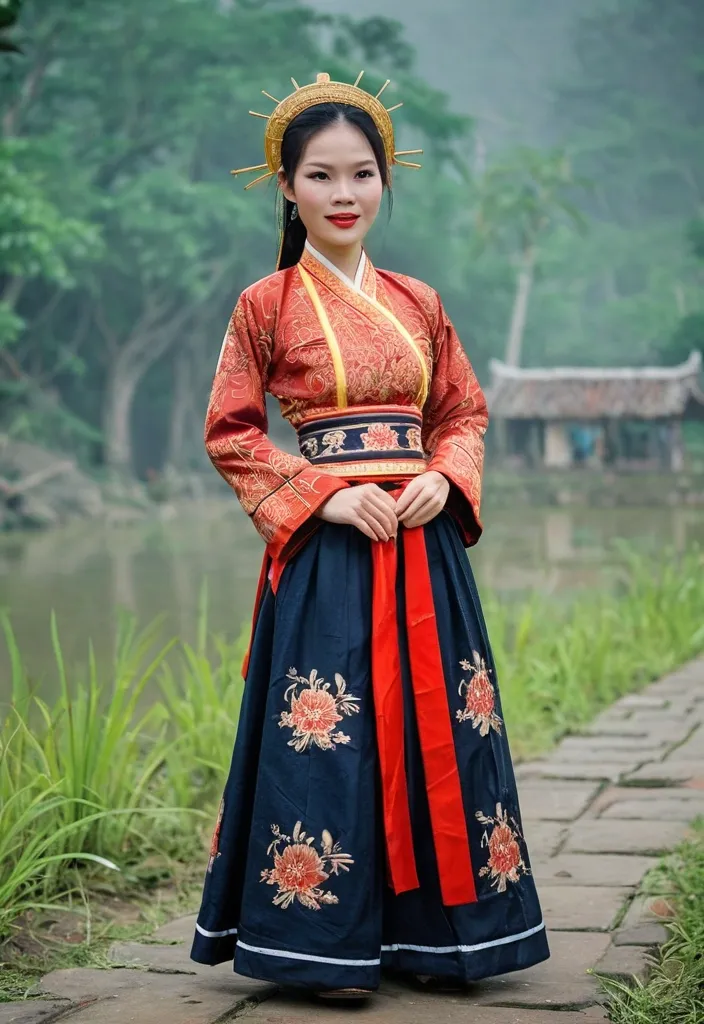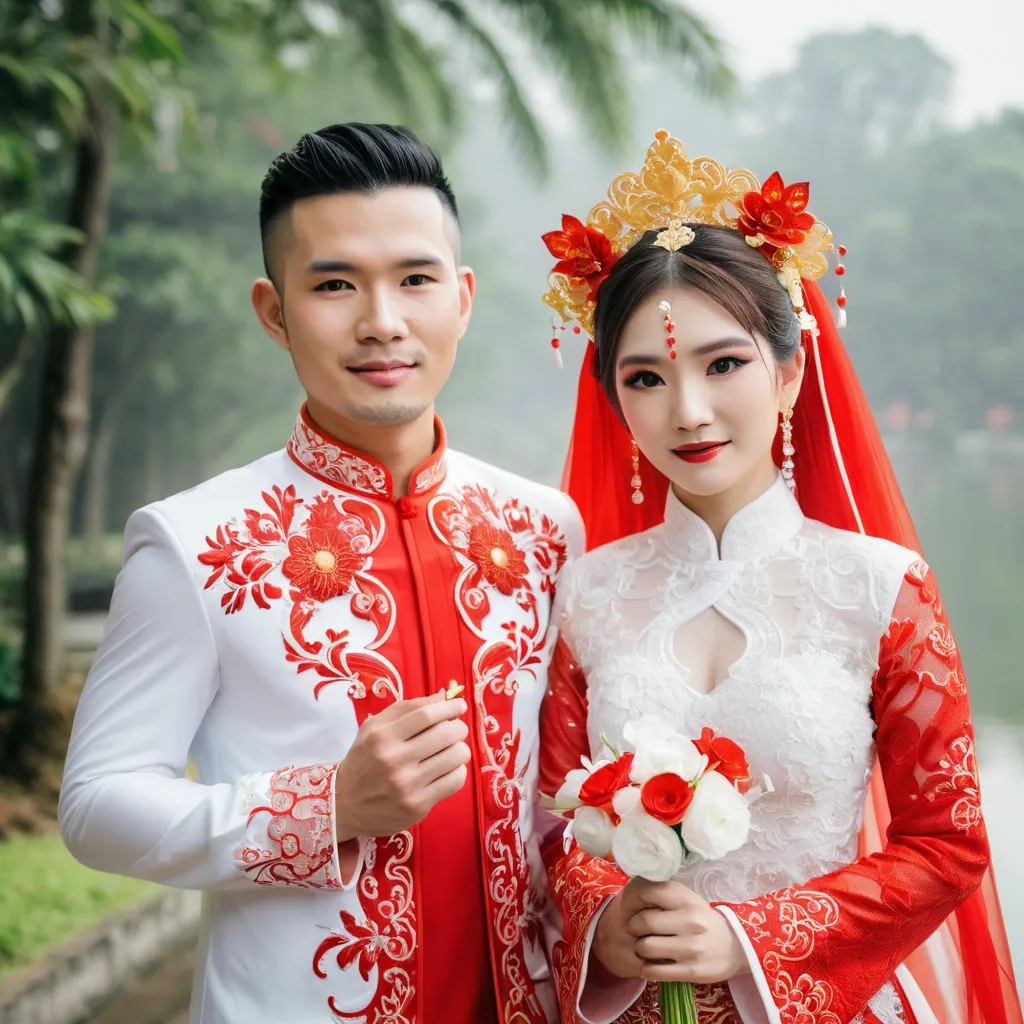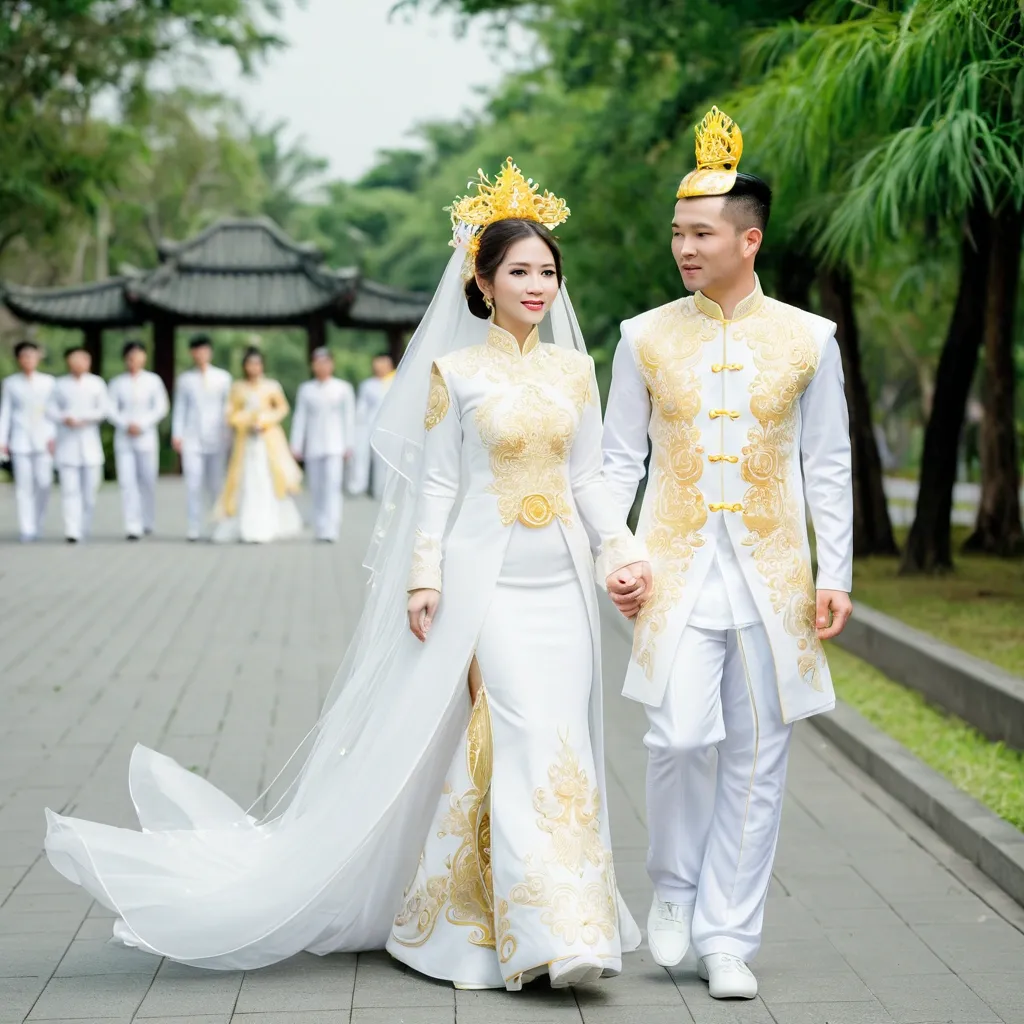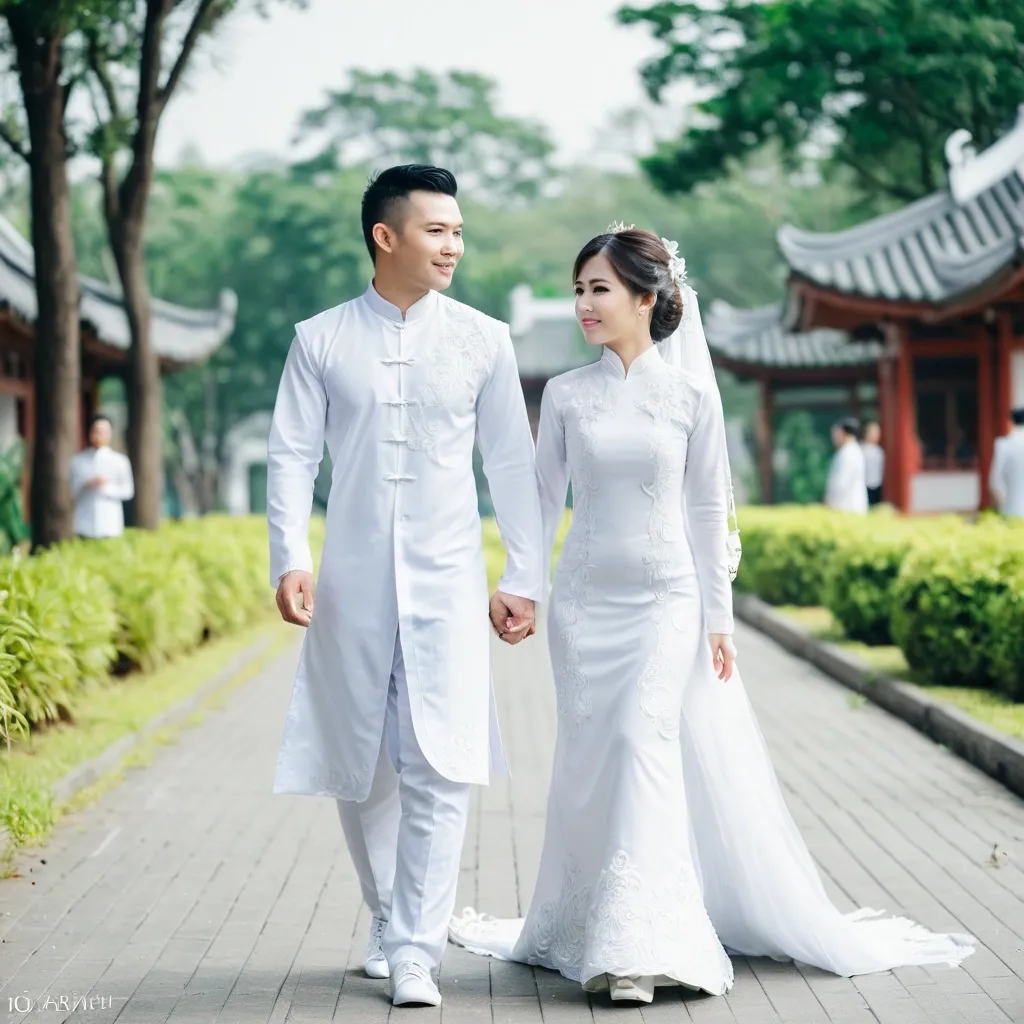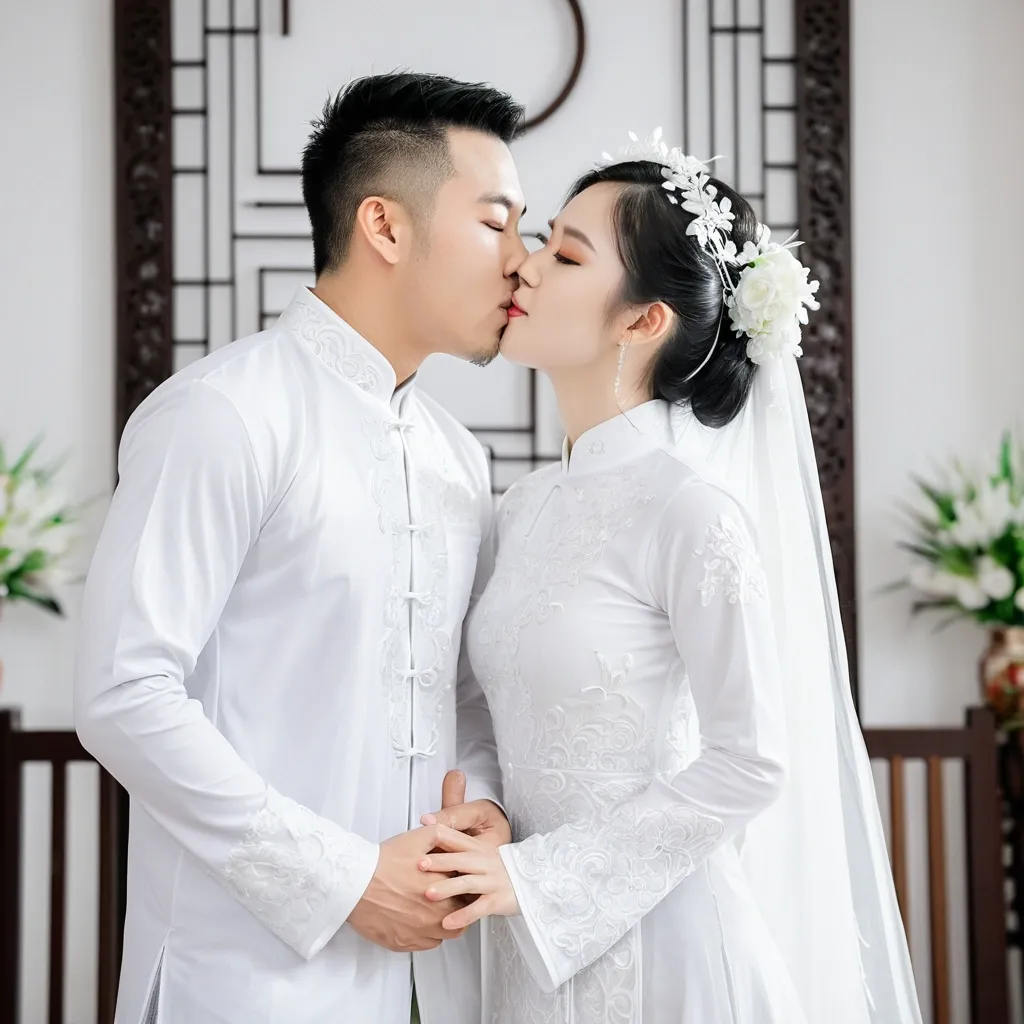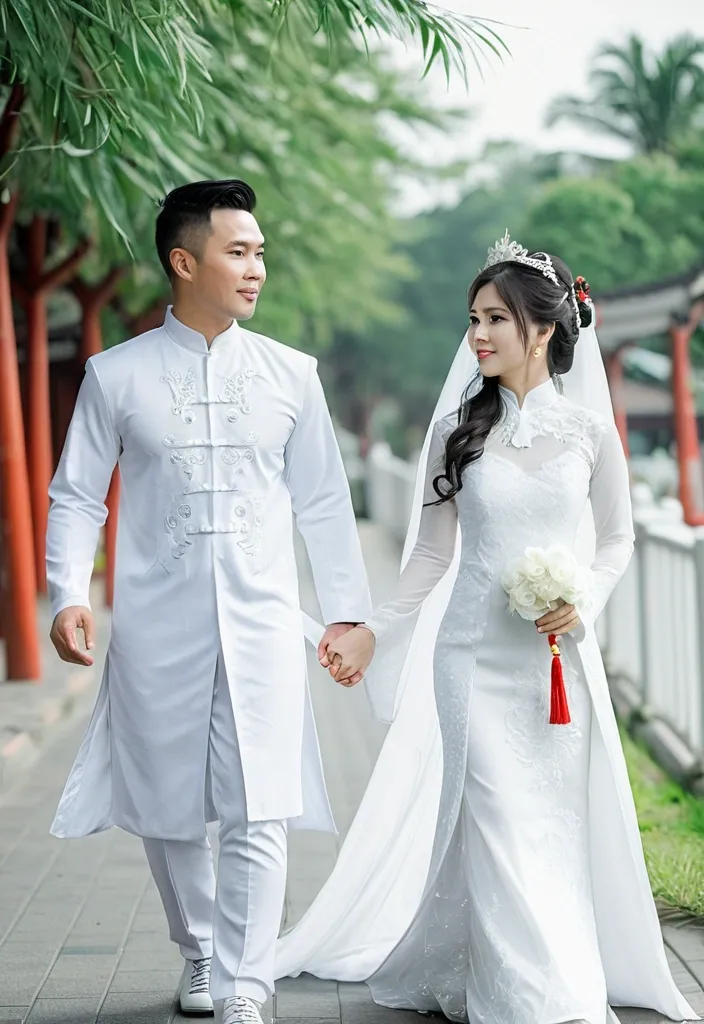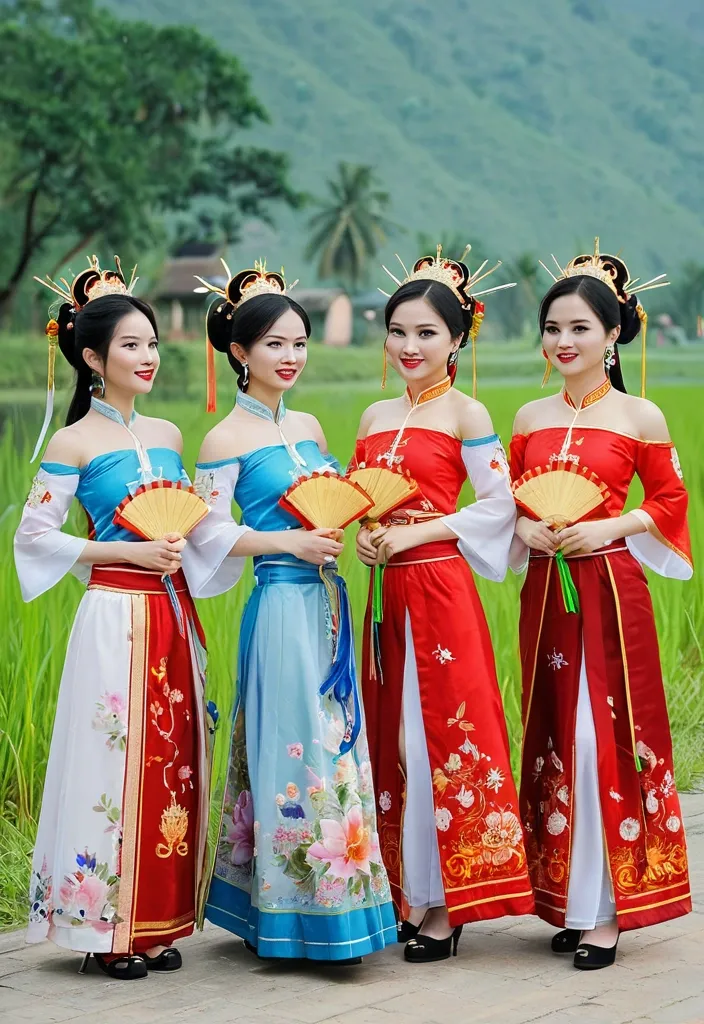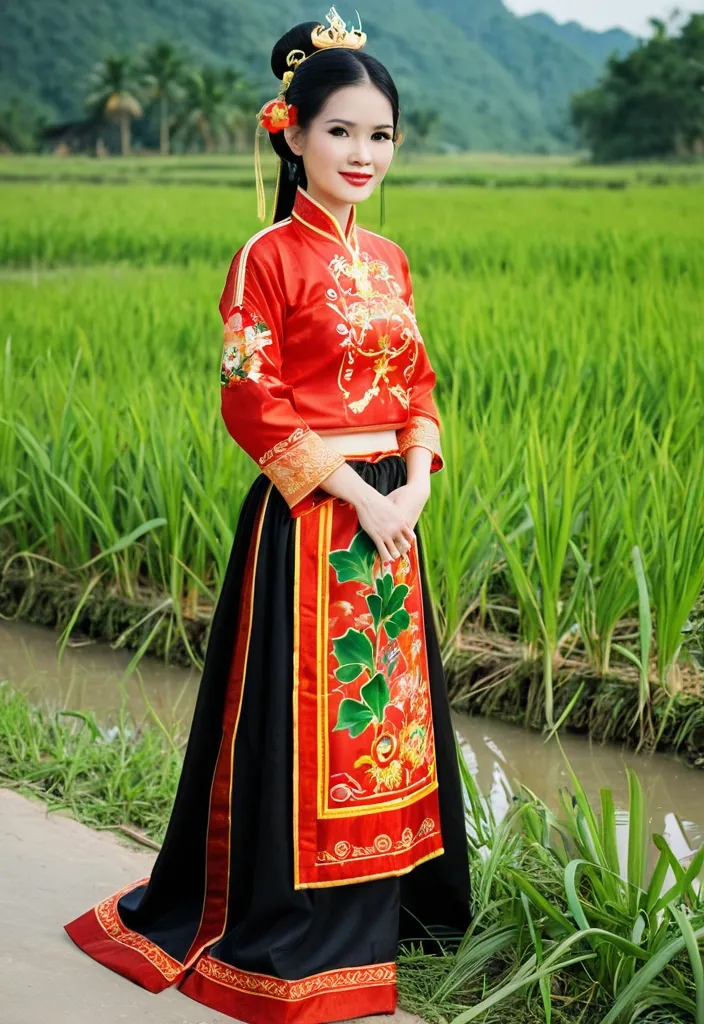Search Results for names
Explore AI generated designs, images, art and prompts by top community artists and designers.

2x2 grid of famous sci-fi books , clean high-end studio , sharp micro-detail , consistent angle , shallow depth of field. Panel A: book 1 as a materials relevant to the book kinetic sculpture inside an open book , with iconic characters and elements. Panel B: book 2 as a materials relevant to the book kinetic sculpture inside an open book , with iconic characters and elements. Panel C: book 3 as a materials relevant to the book kinetic sculpture inside an open book , with iconic characters and elements. Panel D: book 4 as a materials relevant to the book kinetic sculpture inside an open book , with iconic characers and elements , names of the books underneath ,
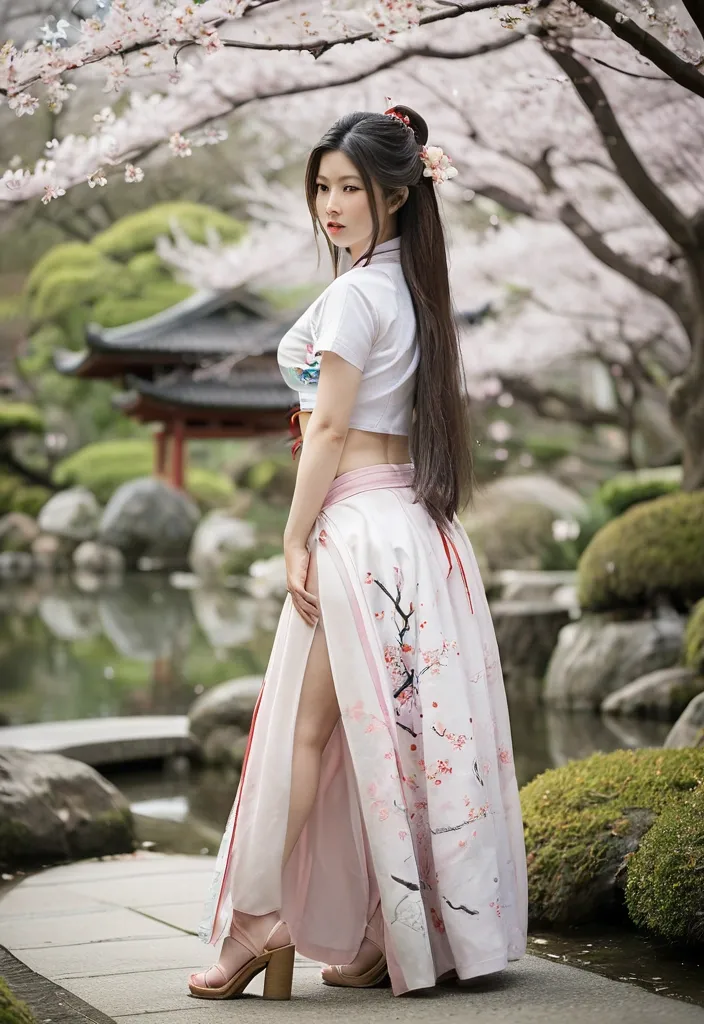
A whimsical Vietnameses woman with long billowing hair , dressed in an asian multi splited skirt and crop top , at the tranquil Japanese garden. Delicate cherry blossoms fall around her. woman with a healthy , well-proportioned figure , and white fair skin Style and Quality: Photorealistic , beautiful quality , full body shot , soft edges , focus on subject. ,

A completely original fantasy world map , seen from space , with three large main continents of different shapes and sizes , separated by vast oceans. The continents should have realistic topography — mountains , valleys , deserts , forests , rivers , and islands — visible from above like a real satellite image. The coastlines must be natural and complex , not resembling Earth’s continents. The style should be highly detailed , photorealistic , satellite-view style , showing terrain colors (green for forests , brown for mountains , beige for deserts , white for snow , deep blue for oceans). Lighting from the sun , atmospheric haze around the planet , high resolution. No text labels , no borders , no countries , no names , no clouds obscuring the surface. An entirely new , unique planet. ,

A completely original fantasy world map , seen from space , with three large main continents of different shapes and sizes , separated by vast oceans. The continents should have realistic topography — mountains , valleys , deserts , forests , rivers , and islands — visible from above like a real satellite image. The coastlines must be natural and complex , not resembling Earth’s continents. The style should be highly detailed , photorealistic , satellite-view style , showing terrain colors (green for forests , brown for mountains , beige for deserts , white for snow , deep blue for oceans). Lighting from the sun , atmospheric haze around the planet , high resolution. No text labels , no borders , no countries , no names , no clouds obscuring the surface. An entirely new , unique planet.Add subtle curvature of the planet , realistic water reflections , and cloud layers at the edges only. The planet should look Earth-like in physics but with an entirely different geography. ,
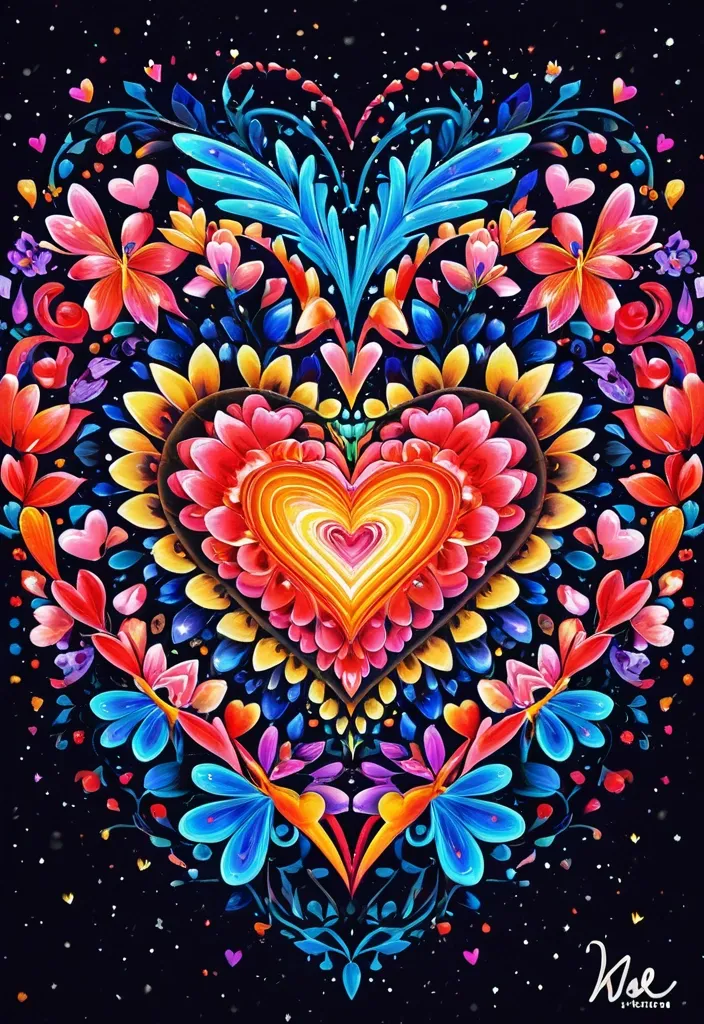
(by Ananta Mandal (and Andrew Biraj:0.5)) , (in the style of nihonga) , Style: Abstract , Medium: Digital illustration , Subject: An image of a love heart , made up of many little love heatrs and beautiful flowers , of all the vibrant colours of the rainbow , incorporated in the image are about half a dozen of magnificent looking bright neon butterflies , all airbound in or around the heart. Within the space of the heart itself , the painter has rendered two names side by side , (( One name is spelled 'KAY' the other name is spelled 'WADE' )) , written in.heart image as 'Kay ,
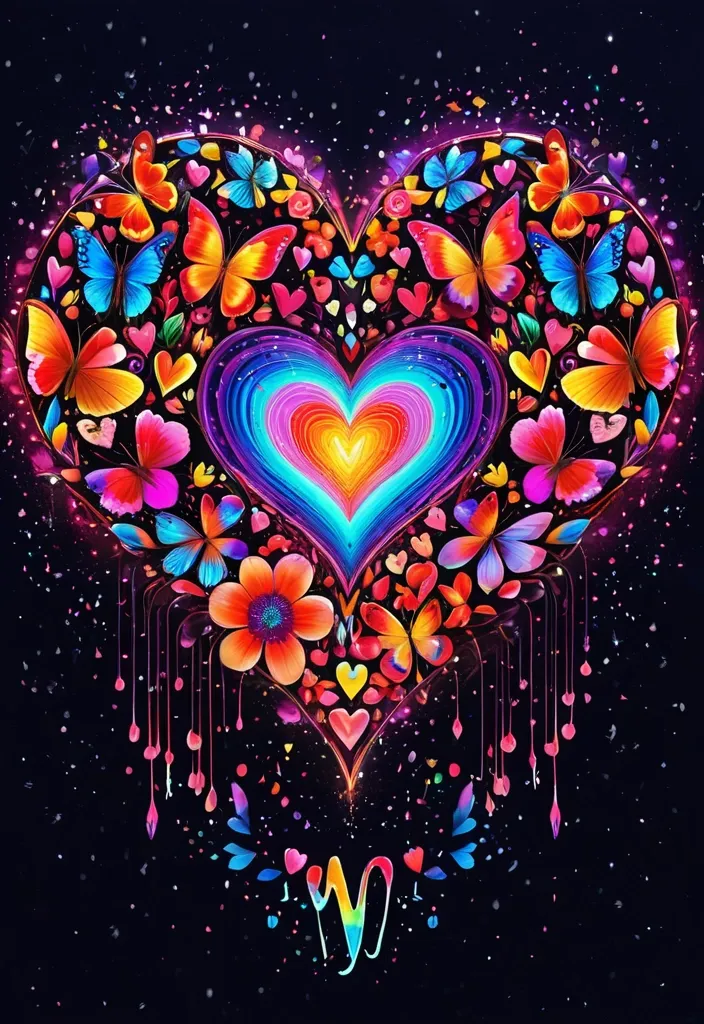
(by Ananta Mandal (and Andrew Biraj:0.5)) , (in the style of nihonga) , Style: Abstract , Medium: Digital illustration , Subject: An image of a love heart , made up of many little love heatrs and beautiful flowers , of all the vibrant colours of the rainbow , incorporated in the image are about half a dozen of magnificent looking bright neon butterflies , all airbound in or around the heart. ((Within the space of the heart itself , the painter has rendered two names side by side , (( One name is spelled 'KAY' the other name is spelled 'WADE' )) , written in.heart image as 'Kay ,
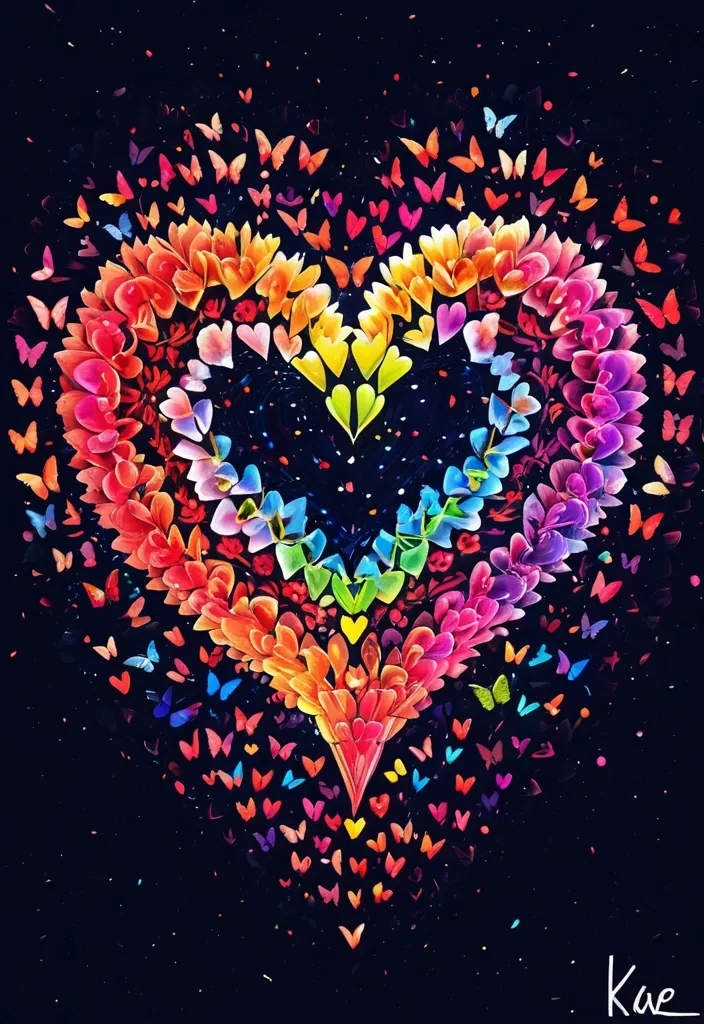
(by Ananta Mandal (and Andrew Biraj:0.5)) , (in the style of nihonga) , Style: Abstract , Medium: Digital illustration , Subject: An image of a love heart , made up of many little love heatrs and beautiful flowers , of all the vibrant colours of the rainbow , incorporated in the image are about half a dozen of magnificent looking bright neon butterflies , all airbound in or around the heart. Within the space of the heart itself , the painter has rendered two names side by side , (( One name is spelled 'KAY' the other name is spelled 'WADE' )) , written in.heart image as 'Kay ,
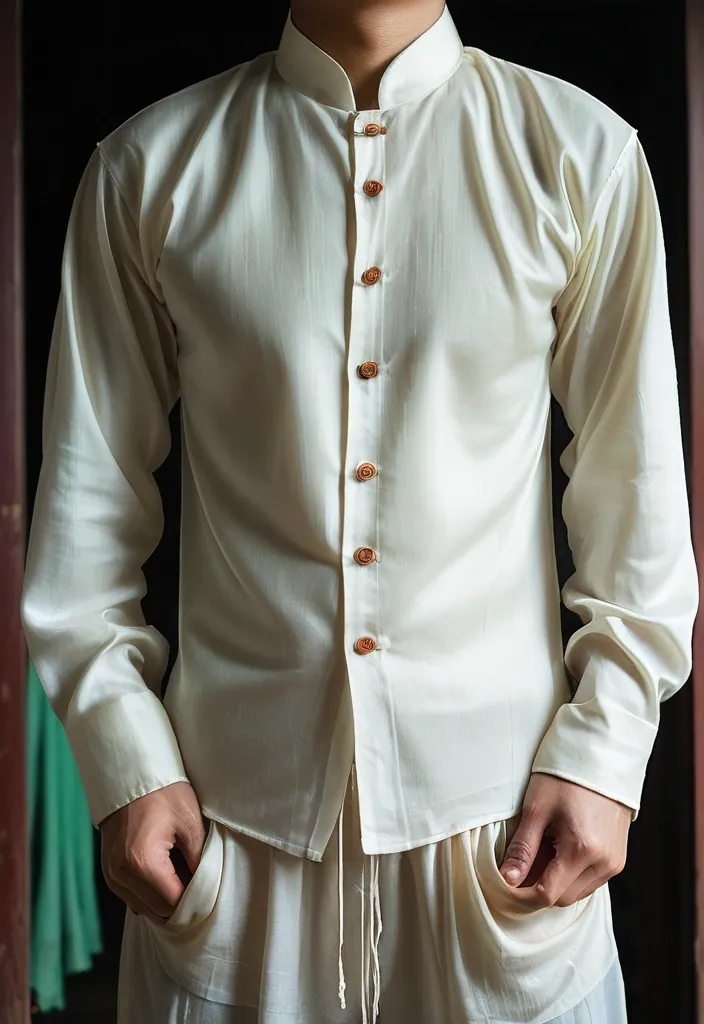
traditional southern Vietnamese garment. The top part that covers the torso is called the áo ("shirt" in English). It is mostly associated with rural southern Vietnam , especially in the Mekong Delta. Often worn as a top and bottom set , the áo bà ba is typically a long-sleeved , button-down silk shirt with a scooped neck , paired with silk pants. The shirt is long and split at the waist sides , forming two flaps , and customarily features two pockets. ,
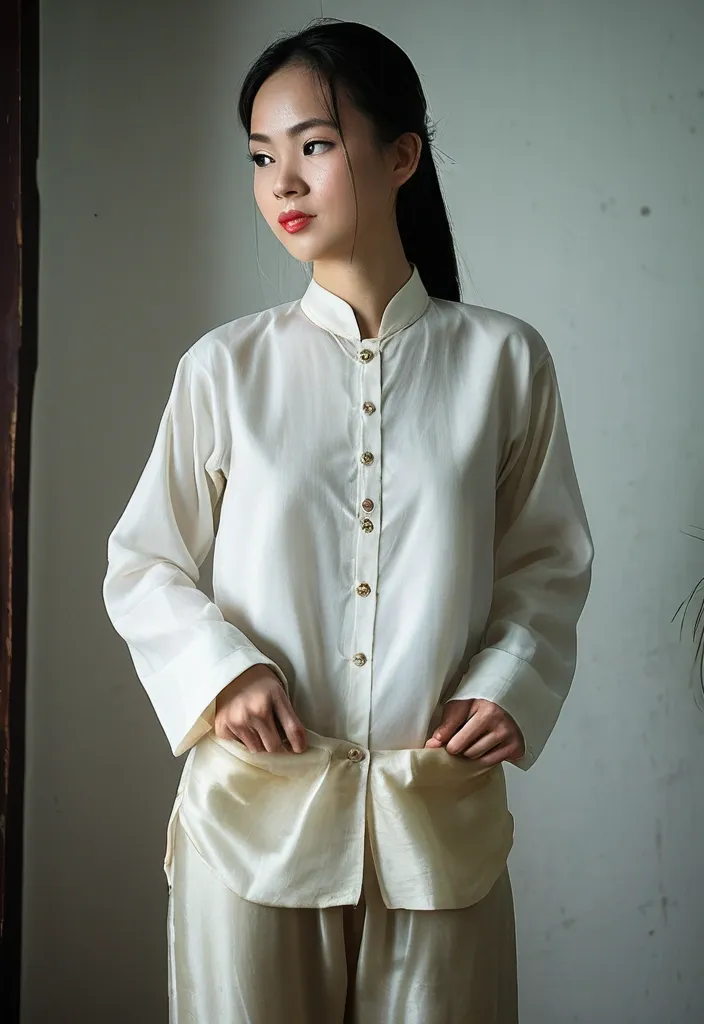
traditional southern Vietnamese garment. The top part that covers the torso is called the áo ("shirt" in English). It is mostly associated with rural southern Vietnam , especially in the Mekong Delta. Often worn as a top and bottom set , the áo bà ba is typically a long-sleeved , button-down silk shirt with a scooped neck , paired with silk pants. The shirt is long and split at the waist sides , forming two flaps , and customarily features two pockets. ,
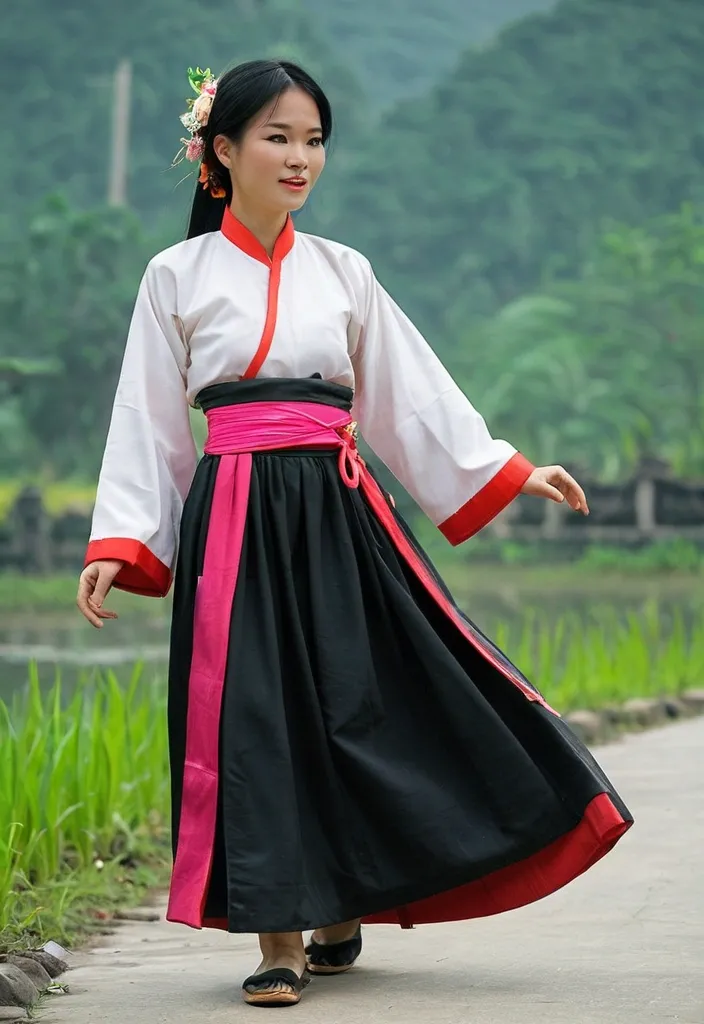
four-panel dress , is a traditional Vietnamese garment , particularly associated with the northern region. It's a flowing , tunic-like dress typically worn with a long skirt , an ancient bodice called yếm , and a sash. While no longer a common sight in daily life , it remains an important part of festivals and cultural events , especially in Northern Vietnam. Key Features and Components: Four Panels: The name "Áo Tứ Thân" literally translates to "four-paneled shirt , " referring to the two front and two back panels that make up the dress's tunic. Tunic: The tunic is typically made from plain , dark fabric (historically , for practicality) , but can also be found in brighter colors for special occasions. Skirt: A long skirt , often black , is worn underneath the tunic. Yếm: The yếm is a traditional bodice , often white or bright pink , worn as an undergarment. Sash: A silk sash is tied around the waist , over the tunic , and dangles down like ribbons. Cultural Significance: Northern Vietnam: The Áo Tứ Thân is most closely associated with the northern region of Vietnam , where it is still seen in festivals and traditional ceremonies. Rural Areas: It's more commonly worn in rural areas than in urban centers , where the simpler Áo Bà Ba is more prevalent. Special Occasions: The Áo Tứ Thân is often worn during festivals like the Lim Festival , which celebrates traditional folk songs. ,
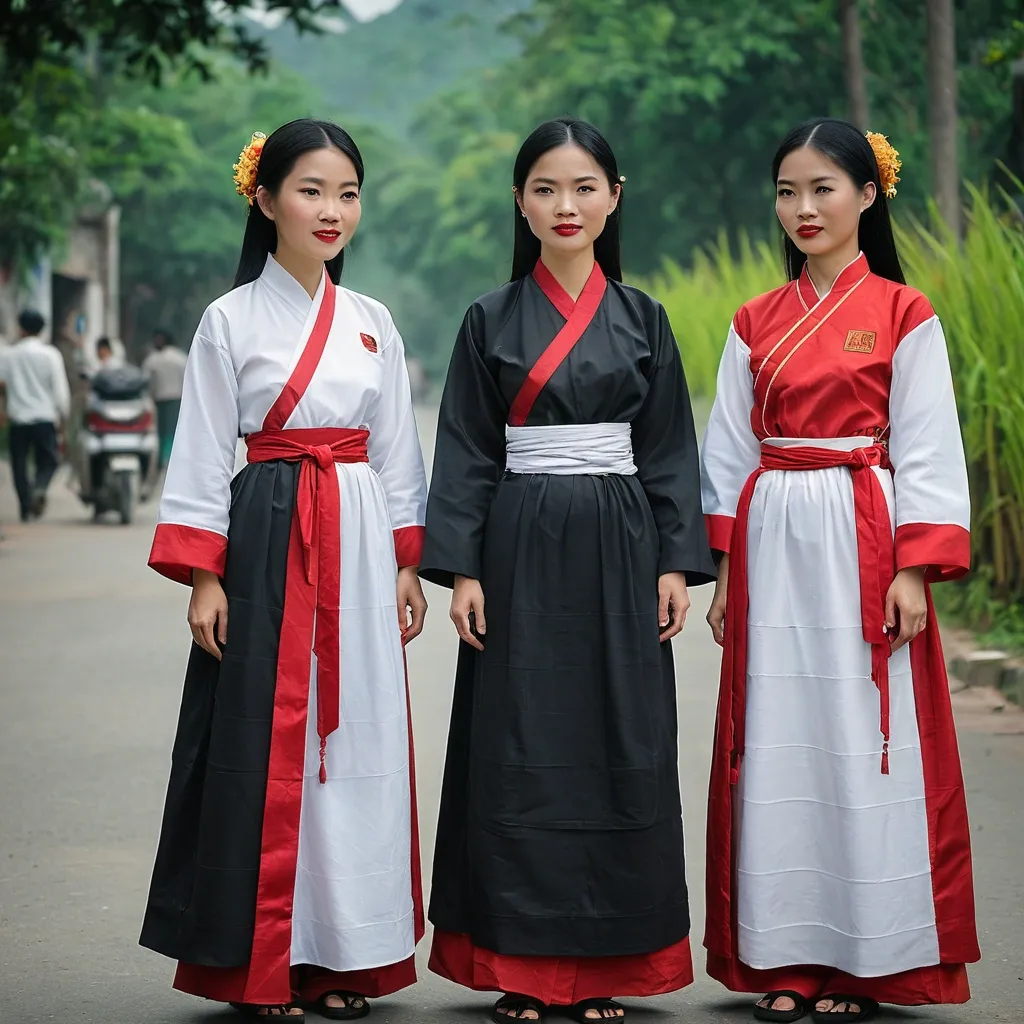
four-panel dress , is a traditional Vietnamese garment , particularly associated with the northern region. It's a flowing , tunic-like dress typically worn with a long skirt , an ancient bodice called yếm , and a sash. While no longer a common sight in daily life , it remains an important part of festivals and cultural events , especially in Northern Vietnam. Key Features and Components: Four Panels: The name "Áo Tứ Thân" literally translates to "four-paneled shirt , " referring to the two front and two back panels that make up the dress's tunic. Tunic: The tunic is typically made from plain , dark fabric (historically , for practicality) , but can also be found in brighter colors for special occasions. Skirt: A long skirt , often black , is worn underneath the tunic. Yếm: The yếm is a traditional bodice , often white or bright pink , worn as an undergarment. Sash: A silk sash is tied around the waist , over the tunic , and dangles down like ribbons. Cultural Significance: Northern Vietnam: The Áo Tứ Thân is most closely associated with the northern region of Vietnam , where it is still seen in festivals and traditional ceremonies. Rural Areas: It's more commonly worn in rural areas than in urban centers , where the simpler Áo Bà Ba is more prevalent. Special Occasions: The Áo Tứ Thân is often worn during festivals like the Lim Festival , which celebrates traditional folk songs. ,
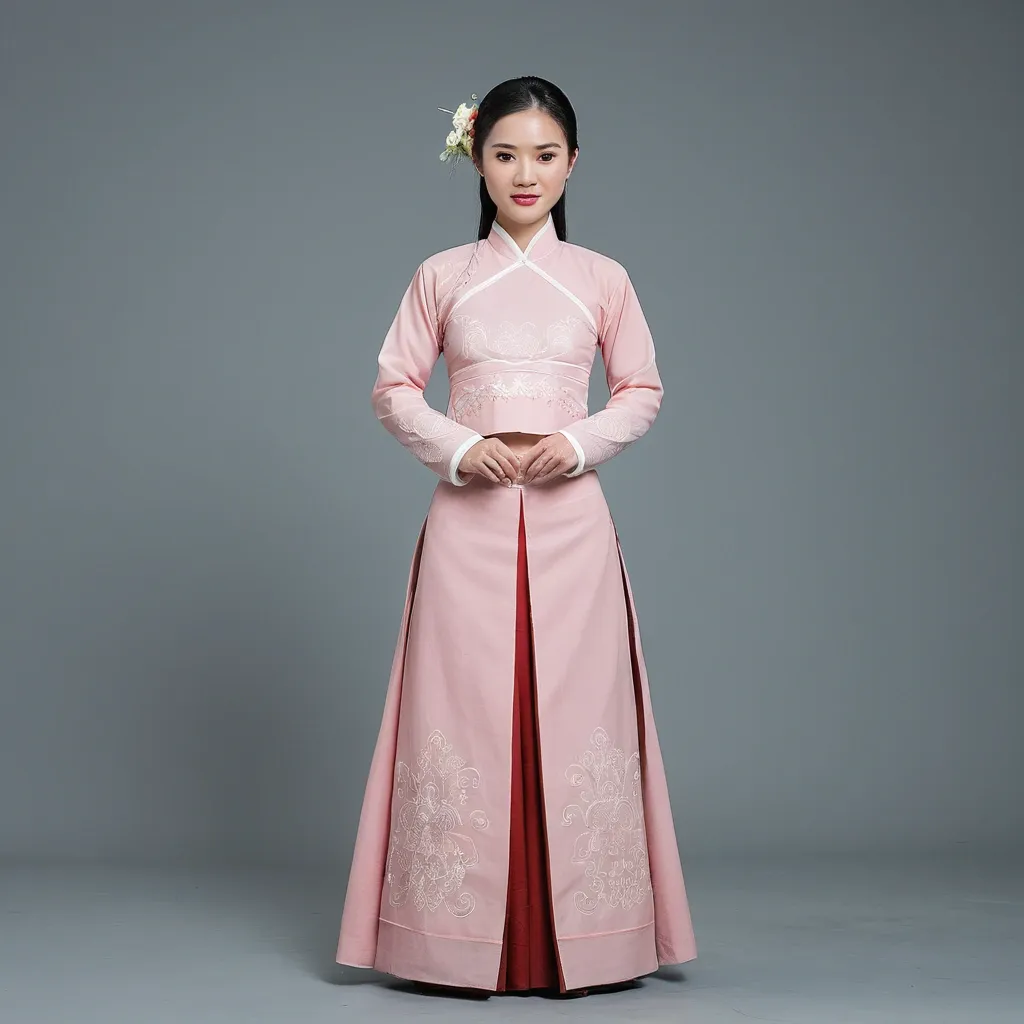
The Ao Tu Than is a traditional four-part Vietnamese dress , primarily worn by women in the northern region of Vietnam. It's considered one of Vietnam's enduring relics , predating the more widely known Ao Dai. The "four-part" refers to the tunic-jacket , which is open at the front and split into two flaps at the waist , combined with a full back flap. It's traditionally paired with a long skirt and a diamond-shaped bodice called a yếm , often worn in white , black , or bright pink ,
